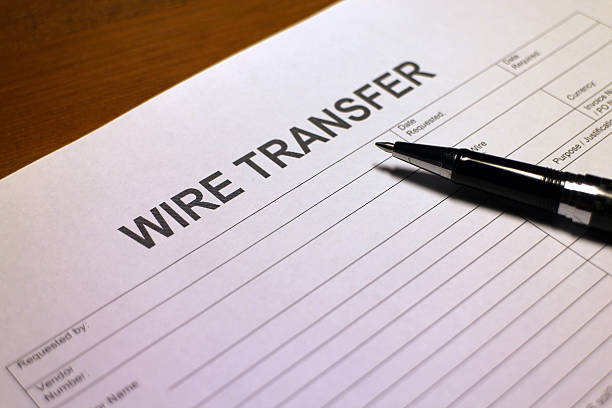The limits on the number of transfers you can make in a month typically vary based on the type of account you hold. Here are the two primary account categories:
Savings Accounts: Savings accounts are designed to encourage saving, and they usually come with restrictions on the number of withdrawals or transfers you can make each month. These restrictions are imposed to ensure that individuals use savings accounts primarily for long-term savings goals rather than daily transactions.
Checking Accounts: Checking accounts are designed for everyday transactions and typically do not have limitations on the number of transfers or withdrawals you can make in a month.
Common Transfer Limits
Regulation D: Regulation D is a federal regulation in the United States that places a limit of six 'convenient' transfers or withdrawals per month from a savings account. Convenient transfers include online and mobile transfers, automatic transfers (e.g., bill payments), and transfers made by phone or fax. In-person transfers at a bank branch or ATM are not counted towards this limit.
Excessive Transfer Fees: If you exceed the allowable number of transfers from your savings account, your bank may charge you an excessive transfer fee for each additional transaction. This fee serves as a deterrent to discourage frequent transfers from savings accounts.
Checking Accounts: Checking accounts generally do not have regulatory limits on the number of transfers or withdrawals you can make each month. However, your bank may impose its own policies and fees for excessive activity if you frequently exceed a certain number of transactions.
Why Do These Limits Exist?
The limits on the number of transfers you can make in a month serve several purposes:
Reserve Requirements: Banks are required by law to maintain a reserve of funds to meet customer withdrawal requests. Limiting the number of transfers helps ensure that banks have sufficient reserves to honor these requests.
Savings Promotion: Savings accounts are intended for saving money over the long term. By restricting frequent withdrawals, these accounts encourage individuals to save and accumulate funds.
Preventing Abuse: Limits on transfers prevent individuals from using savings accounts as transactional accounts, which can result in higher costs for banks and potentially reduced interest rates for all customers.
Compliance with Regulations: Financial institutions are obligated to comply with regulations like Regulation D to maintain their status as insured depository institutions.
Exceptions and Workarounds
While savings accounts are subject to transfer limits, there are exceptions and workarounds to consider:
In-Person Transactions: Transfers made in person at a bank branch or ATM are typically not subject to the transfer limit.
Checking Accounts: If you need to make more frequent transactions, consider using a checking account, which typically does not have the same limitations.
Money Market Accounts: Some financial institutions offer money market accounts that have higher interest rates than regular savings accounts and may allow more withdrawals or transfers each month.
Certificate of Deposit (CD) Ladders: If you want to avoid transfer limits while earning interest, consider creating a CD ladder with staggered maturity dates. This allows you to access funds periodically without penalties.
Conclusion
Transfer limits on savings accounts are in place to ensure financial institutions maintain adequate reserves and to promote long-term savings. While they may be an inconvenience for some, they can be managed with careful planning. If you require more flexibility for frequent transactions, consider using a checking account or exploring alternatives like money market accounts or CD ladders. Understanding these limits and your options will help you manage your finances effectively.
Frequently asked questions (FAQs) for bank transfers




